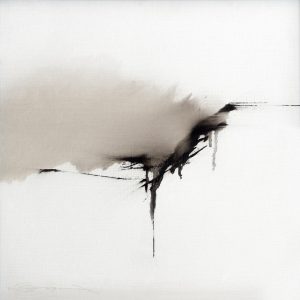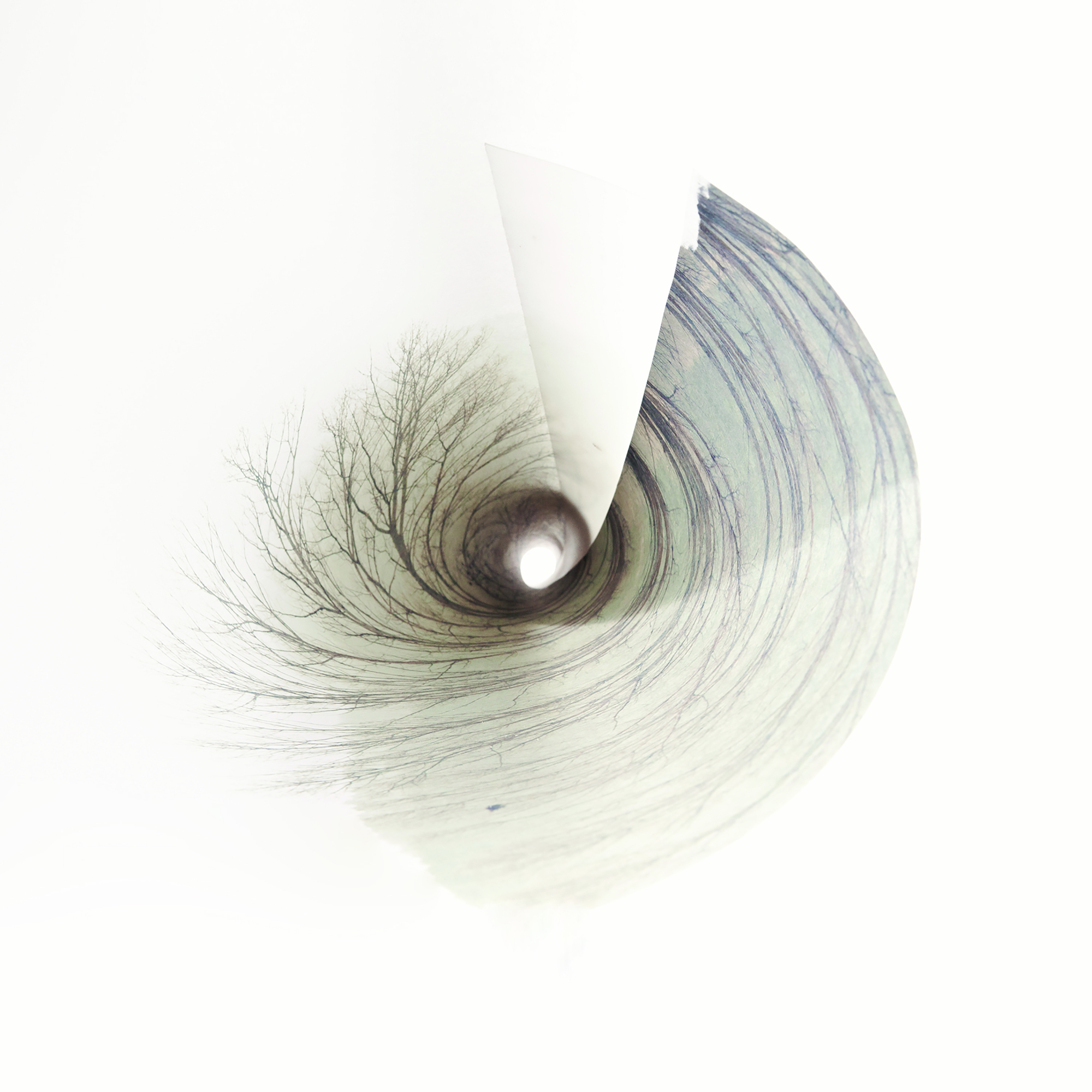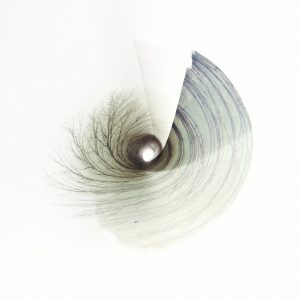Vivancos: Blanc
10,00€
Latvian Radio Choir
Sigvards Klava
Digital Album: Stereo
Included formats
FLAC Stereo · 16 bit 44,1 kHz
ALAC Stereo · 16 bit 44,1 kHz
MP3 · 320 kbps
Extra content
Digital Booklet (pdf)
Complete Scores (pdf)
Digital Cover (jpg)
“Bernat Vivancos’ music is like a city of angels: blissful sounds populated by saintly spirits hiding between the notes as birds in a tree”.
Lasse Thoresen
“If I did select CDs of the the year Bernat Vivancos’ Blanc – Choral Works would be up for a prize, as would Neu Records in the label of the year category.”
On An Overgrown Path
“L’écoute de ce double cd a étée une révélation pour moi. Bernat Vivancos a trouvé le moyen de faire usage des tendances spectralistes en les faisant évoluer ensemble avec une vocalité exemplaire. Les éléments de la tradition vocale restent intacts: tonalité, modalité, harmonie, mélodie, linéarité, mais tout est baigné dans une densité spectrale non agressive, agréable à chanter. Présentée de cette façon, les chanteurs aimeront certainement cette musique de notre temps. Chez lui tout se passe dans une liberté apparante que l’on associe souvent à un cadre religieux. En tout cas, je situe Vivancos – mutatis mutandis – dans la lignée de Messiaen et Macmillan…”.
Vic Nees
More info: audios · videos · liner notes · scores · reviews
Description
This album comprises a selection of Bernat Vivancos’ most evocative choral works, and reflects an aesthetic approach that the composer began to develop during his stays in Paris and Oslo. Since then, Vivancos’ style has incorporated elements that make his music a unique proposition: music of rich sonority, texture and colour, where research into spectral inspired harmonies, western traditional modal music, and a constant interest to create a new and seductive dimension all converge, and where being transported by the sound itself is one of the main attractions.
Contemplation and transcendence, always present in his music, are captured in works of great beauty, as “Nigra sum”, in which female voices elucidate the blackness of the Black Madonna venerated in the Shrine of Montserrat. Other works maintain a direct relationship with motifs or elements of other authors which inspire his melodic work, like “Salve d’ecos” (on a Salve Regina by Claudio Monteverdi), the “Sanctus” from “Messe aux sons des cloches” (invocation of the Gregorian Mass for the Dead), or “Obriu-me els llavis, Senyor”, which magnifies with 5 choirs Monk Gregory Estrada’s song, sung daily at dawn at Matins by the Benedictine community of Montserrat.
The study of spatial sound is present in much of his music and is represented in “Bubbles”, “Le cri des Bergers” and also in “Obriu-me els llavis” and “Salve d’ecos”, where artificial resonances and polichorality give the listener a unique perception of the choir. In the “Messe aux sons des cloches” the timbre of mixed voices mingles with the inspiring sound of 5 sets of strategically placed tubular bells and tam-tams. Other works of ascetic simplicity, like “A Child Is Born”, are built on musical calligrams based on texts and on a complementary musical pattern, forming a circle that could go infinitely. “El cant dels ocells” -song of praise to the divine child and symbol of peace and freedom in Catalonia and around the world- is surrounded here by a halo of static sounds and modal harmonies, with the aim of avoiding traditional harmonization. And in “Nigra es, Pulchra sum” and “Nigra sum”, sensuality and spirituality manifest jointly, recovered in a dream world. The biblical book “Song of Songs” becomes thus the source of inspiration in which seduction and faith converge.



 Guix: Images
Guix: Images
 Humet: Homenaje a Martha Graham
Humet: Homenaje a Martha Graham





